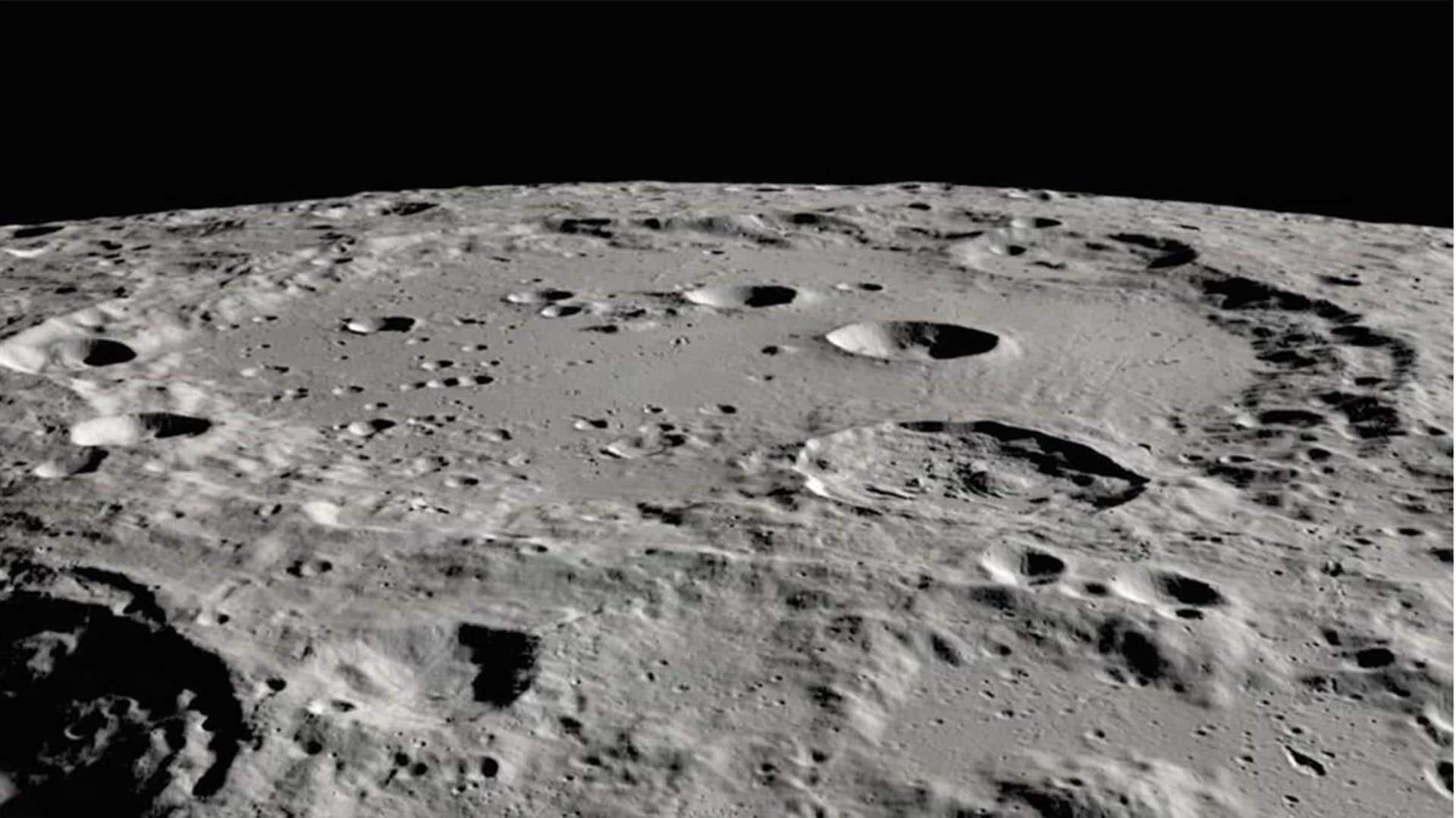
Scientists find water locked in glass beads on the Moon
What's the story
Scientists have discovered water inside glass beads from samples brought back from the Moon by China's Chang'e-5 mission.
As per the research, which is published in Nature Geoscience, the Moon has around 270 trillion kilograms of water stored inside tiny glass beads.
This stored water could be extracted and used by astronauts on future lunar missions, suggests the study.
Context
Why does this story matter?
As opposed to long-standing assumptions that the Moon does not have water, the evidence from lunar exploratory missions in recent years suggests the opposite.
Interestingly, the findings from ISRO's Chandrayaan-1, India's first lunar probe, also suggested the presence of water on the Moon.
The spacecraft's onboard Moon mineralogy mapper instrument detected the diagnostic absorption bands of water on the lunar surface.
Details
How are glass beads formed on the Moon?
The Moon does not have an atmosphere and is vulnerable to meteorite attacks. It is theorized that these attacks result in the formation of glass beads on the surface of the Moon.
The heat generated by the impact of the collisions from space rocks causes the surrounding surface material on the lunar surface to melt, which then cools to form beads.
Water
How are water molecules formed on the Moon?
Water, which is made of hydrogen and oxygen molecules, gets trapped in these beads.
The hydrogen needed to make water comes from solar winds, according to Mahesh Anand, the study's co-author. Solar winds are a stream of charged particles emitted from the Sun.
Oxygen is relatively more abundant, present in lunar rocks and minerals, and makes up almost half of the Moon.
Extraction
How can water be extracted from the glass beads?
The interaction of the solar winds with the lunar surface could contribute to a sustainable lunar cycle on the Moon, say scientists.
For the study, the team investigated 117 glass beads, which were collected from the Moon by the Chang'e-5 spacecraft.
Applying heat of around 100 degrees Celcius would be sufficient to extract the water from the glass beads, according to Anand.
Chang'e mission
The Chang'e-5 lunar mission
The Chang'e-5 lunar mission brought back about two kilograms of rocky fragments and dust from the Moon in December 2020.
Chang'e-5 landed on an area of the Moon that has not been sampled by the American or Soviet missions sent before.
The Chinese mission collected some of the youngest lunar rocks ever that were different from those previously brought back to Earth.